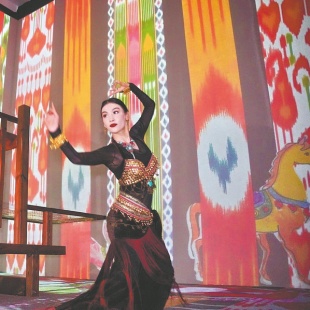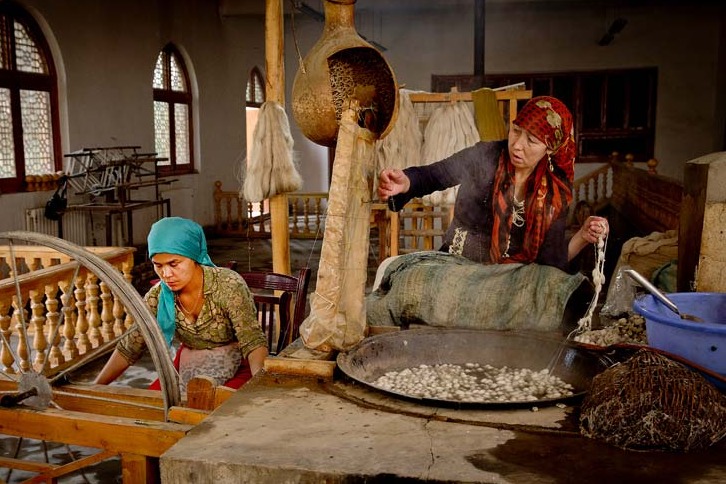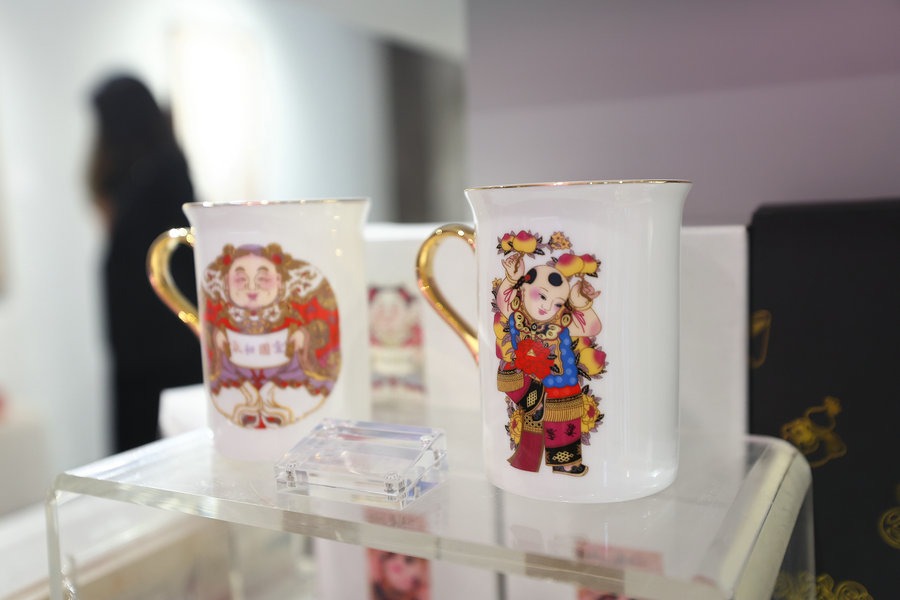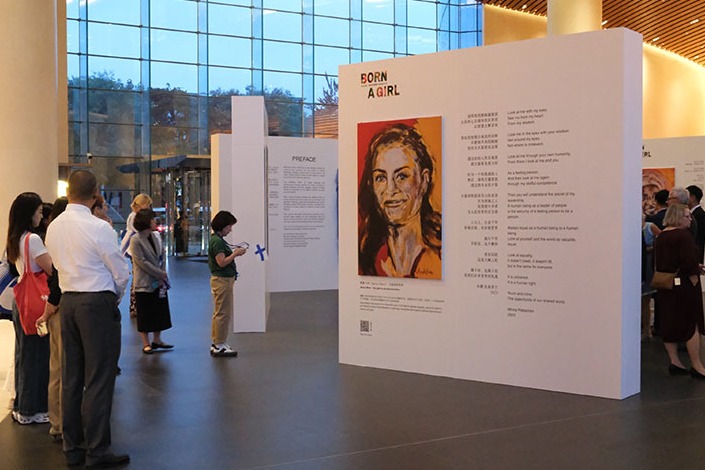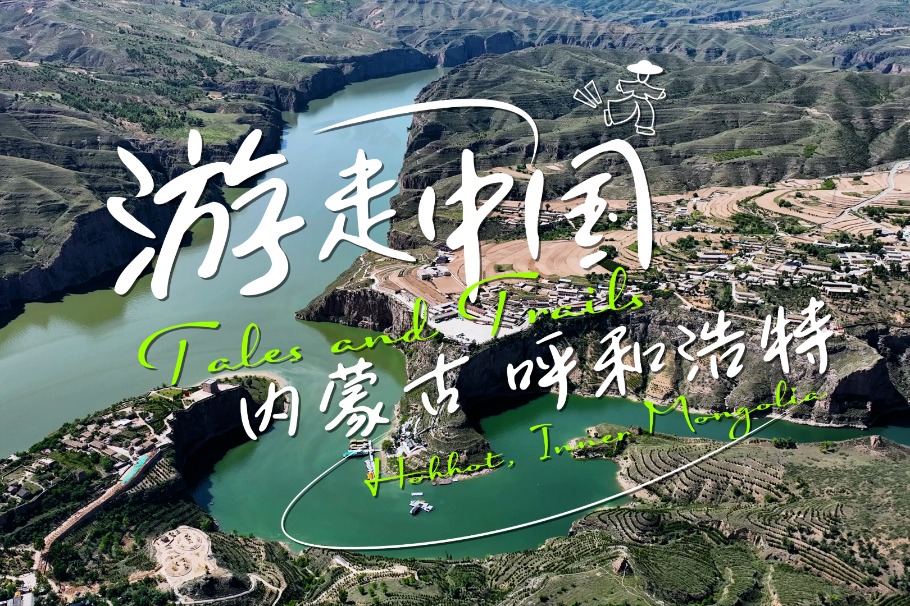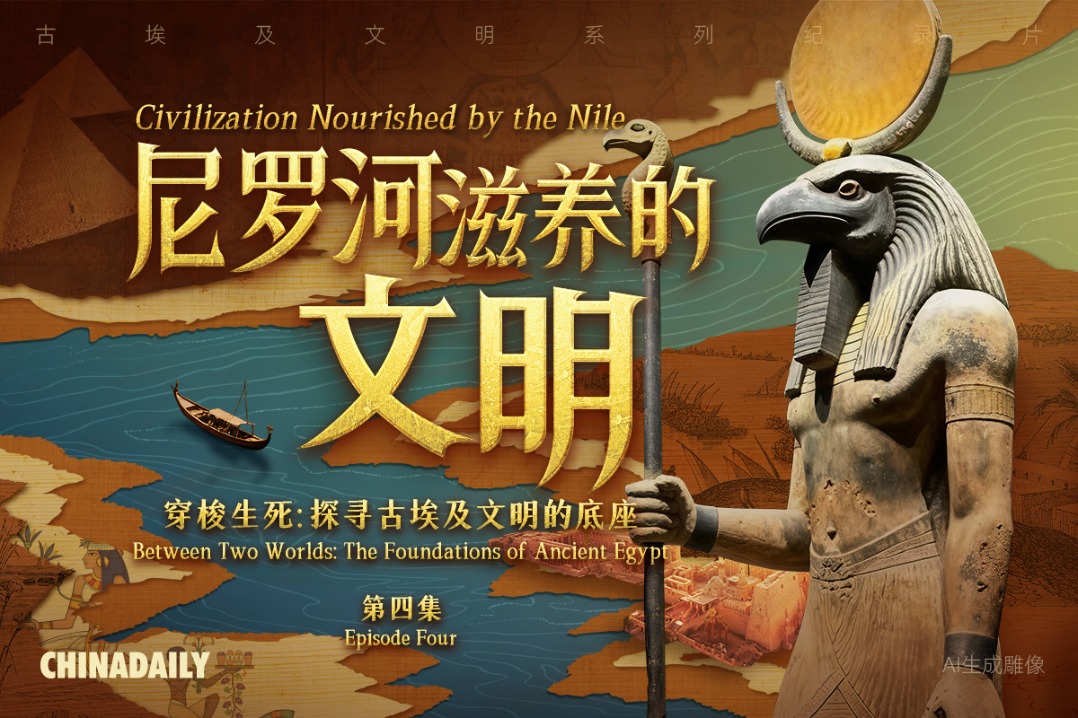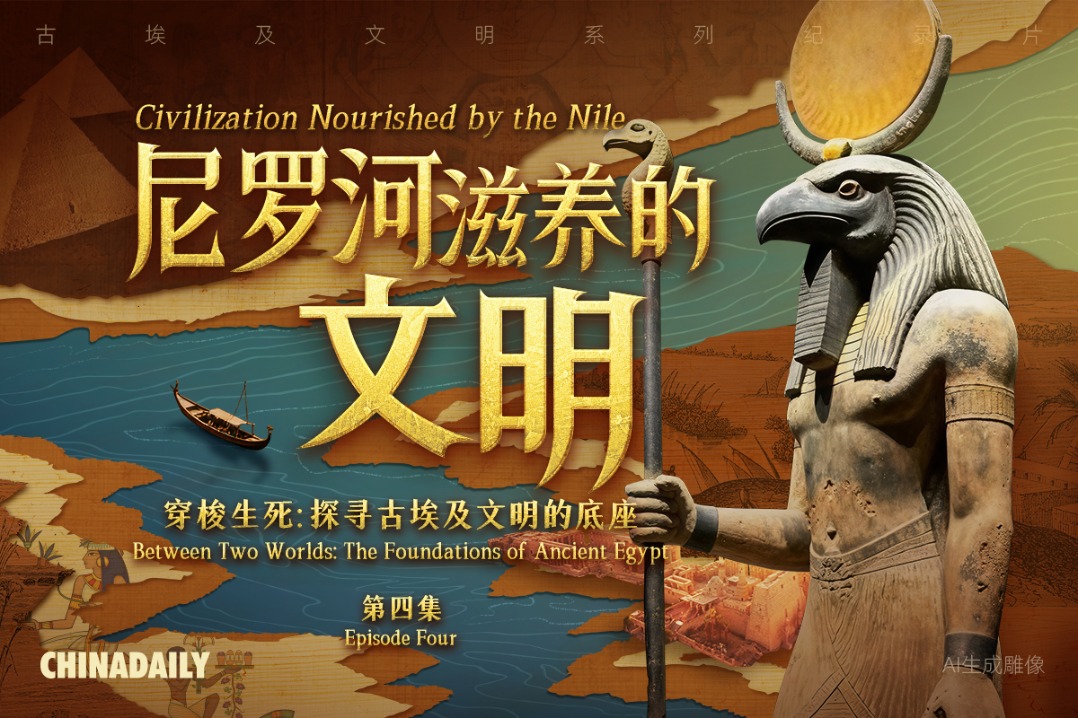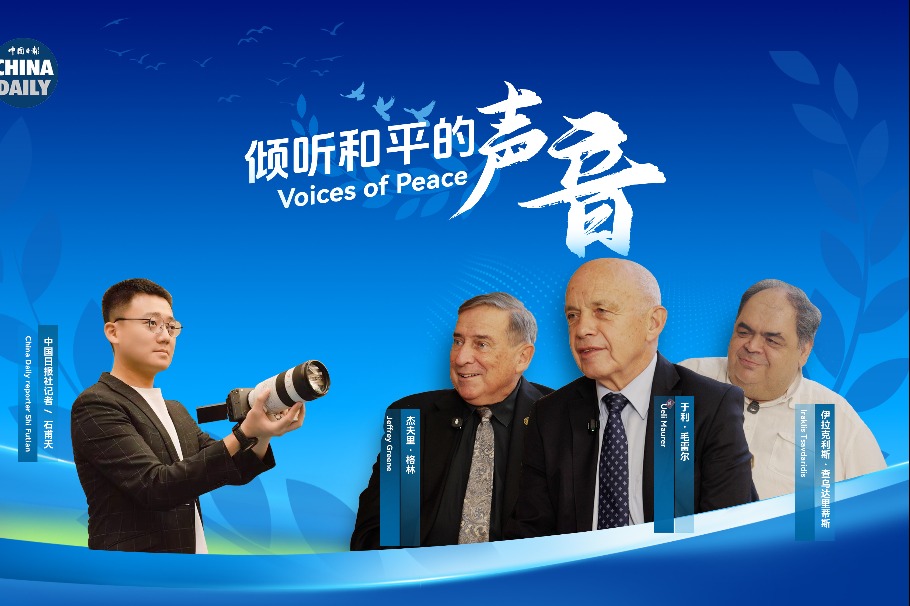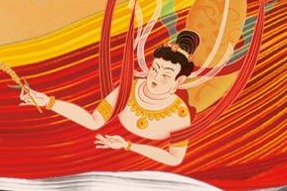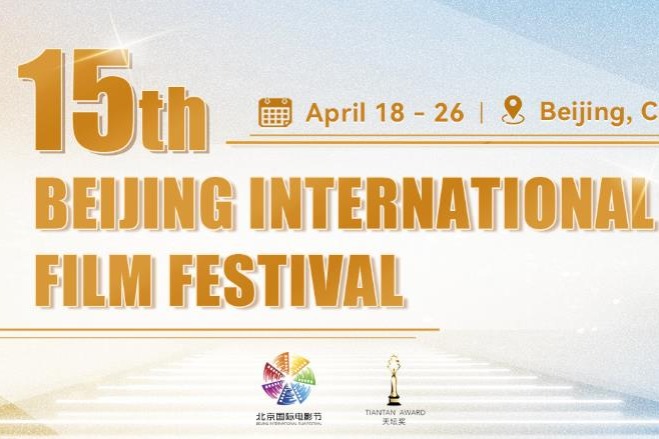Modern complements to tradition
Technology is revitalizing heritage, expanding its language, ensuring that ancient cultures resonate louder and reach farther, Yang Feiyue reports.

At a cultural exhibition in Hotan in the Xinjiang Uygur autonomous region in mid-August, audiences watched in silence as polychromatic projections of the region's vibrant Atlas silk, famed for its multicolored resist-dyeing patterns, illuminated a digital screen. On the stage, a boy pretended to be turning what looked like a wooden loom, modeled on the Han Dynasty (206 BC-AD 220) jacquard loom. As he turned the levers, on the screen before him, the classic "five stars rising in the East" pattern — an auspicious cultural symbol — slowly unfurled. The crowd erupted in applause.
The above scene unfolded at the Xinjiang Is a Nice Place intangible cultural heritage exhibition, a master class in fusion. A simple pull of the lever could trigger changing patterns, which, synchronized with traditional music, transformed intangible heritage into a multisensory experience.
"When visitors 'weave' these patterns with their own hands, the culture … comes alive," said Wang Dongjie, deputy general manager of Shanghai-based ALight, which designed the space.
The event demonstrated a powerful new paradigm for cultural preservation. Across the hall, the Silk Road in Motion project let visitors pick up virtual brushes to color desert animals — antelopes, camels, peacocks — which then sprang to life on a digital canvas.
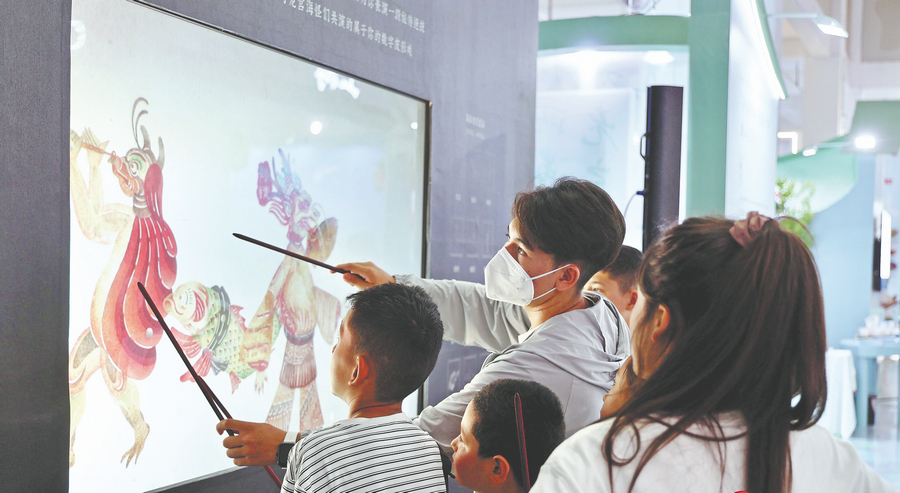
"Here, visitors are not just spectators; they are creators. Their collective doodles form a fantastical 'Silk Road animal party'," Wang said.
The result was a dynamic, collaborative artwork that played out in real time.
Another installation, inspired by Hotan's deep history with jade, allowed visitors to step on jade-colored floor panels. With each step, glowing lines of water burst forth, transforming the floor into a flowing stream of light — a digital metaphor for the region's life-giving rivers and cherished stone.
"Technology is no longer just a tool for display; it's a medium for connection," Wang said.
"It amplifies cultural heritage, making it visible, touchable, and deeply meaningful for the next generation."


